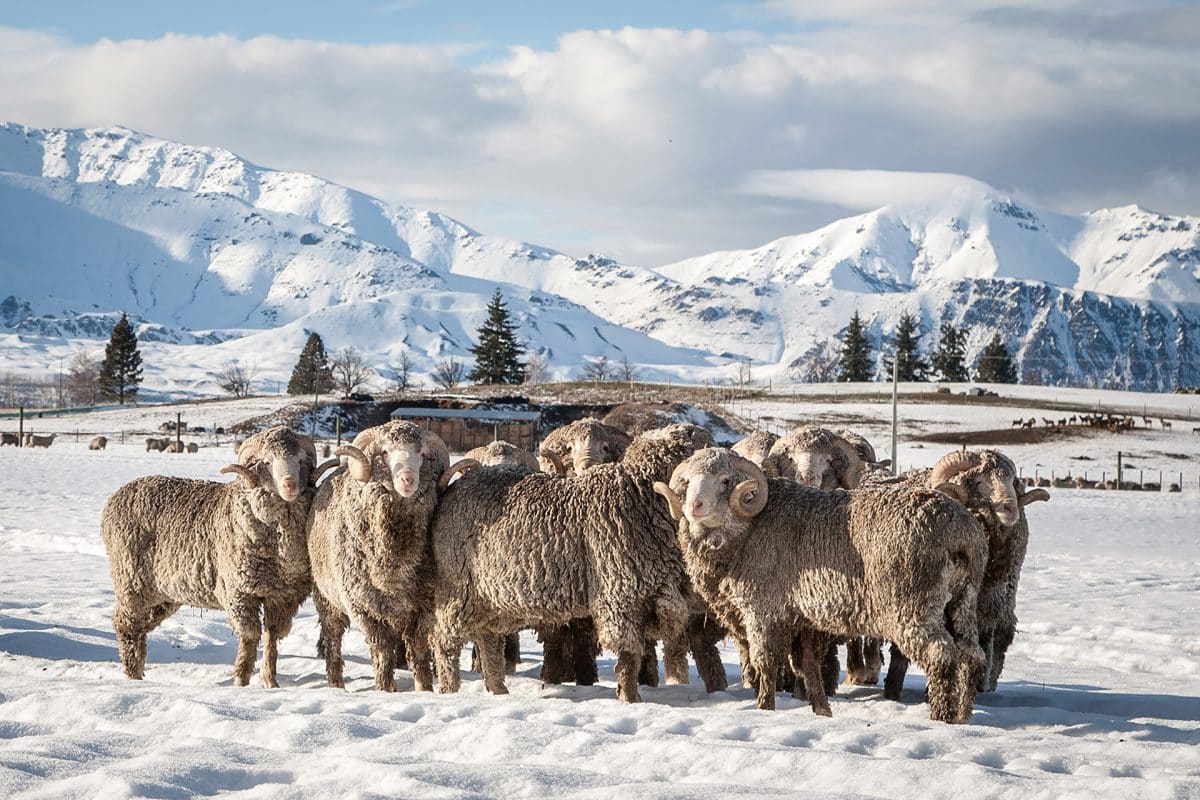Technical
Wool, a warm fabric that’s keeping it cool
Introduction to wool
Moving out of winter can be tricky. With cold mornings and hotter days, it can be hard to find the right balance. Whether it is summer suits or winter quilts, wools are incredibly versatile. Read on for some of the
What is wool?
One of the most common questions clients have is surrounding the different sources and how are they different from “wool”. Firstly, when people say this, they typically refer to the fleece of sheep. There are numerous alternatives to the fleece of sheep, however.

Wool refers to the fleece of an animal, whether it be the top coat, undercoat or a combination. Depending on the source it will have different diameters to the fibres and lengths. As with cotton, the longer and finer fibres are typically the most prized.
Properties and benefits
Wools, regardless of the source, have some fairly consistent properties. These properties include:
- Natural crimping assists to trap air for warmth but also draw moisture away in the heat.
- Typically water repellent and flame retardant (they will normally self-extinguish once away from the flame due to the keratin)
- Dye extremely well
- Materials can be recycled
- Weakens when exposed to water and has a significant potential to stretch
Different origins
| Fabric | Origin | Benefits |
|---|---|---|
| Merino | A specific breed of sheep, typically from Australia or New Zealand. | Merino is finer, which makes it feel softer and less itchy and potentially acceptable for people sensitive to other wools. It is more resilient and so machine washable, depending on the garment. Finally, the crimped fibres make it retain warmth while it naturally draws moisture away to keep you cool. |
| Cashmere / Pashmina | Named for the original fabric’s location, Kashmir, or the Pashmina goat source. The wool is taken from the fine underside of the goat. | Cashmere is the softest of the wools making it feel luxurious on the skin. The finer nature of cashmere makes it less resilient than merino. |
| Angora | Fleece from the Angora rabbit, not the Angora goat. Due to the effort in preventing tangling, many question whether Angora is an ethical product. | Angora is the finest wool but also the least durable, meaning it is often blended. It is incredibly soft but the quality can vary significantly with preparation. |
| Mohair | Produced from the fleece of the Angora goat | While not quite as soft as cashmere, Mohair’s fuzzy texture makes it good for scarves, beanies and blankets. It may also be used blended for coats and jackets. The long fibres make it more resilient to dirt. |
| Alpaca | Named after the animal of the same name. | Alpaca is hypoallergenic and perfect for people sensitive to wool. Like Merino, Alpaca is incredibly fine and can be both insulating in cold environments but cool in the heat. |
Please note, this list is not exhaustive. There are also wools from Camels, Llamas and a number of other sources, including lambs wool.
Preparations and impacts
There are three common ways wools are prepared:
- Woollen – Following a process called carding the fabric is soft, stretchy and full of air.
- Worsted wool – Uses combed fibres to ensure fibres are in parallel. The worsting adds expense but results in a softer, smoother and more durable fabric.
- Boiled wool – The boiling process compresses the fibre to have a higher density with a felt like surface. This process can make it both warmer and more resistant to water and wind. It is perfect for berets and scarves.
